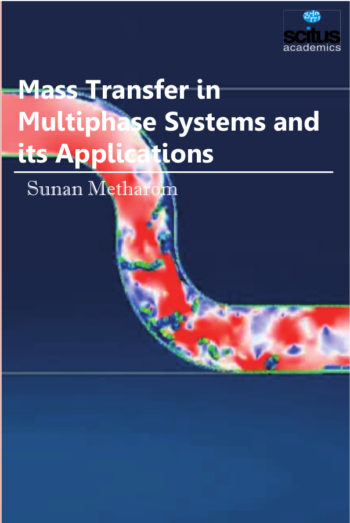Following the ongoing industry-wide development that began many years ago, design-to-manufacturing times for all types of products are receiving progressively shorter. The production equipment industry is no exemption to this improvement and desires to respond accordingly. Mechatronics is a design philosophy, which is an integrating approach to engineering design. The primary factor in mechatronics is the involvement of these areas throughout the design process. Through a mechanism of simulating interdisciplinary ideas and techniques, mechatronics provides ideal conditions to raise the synergy, thereby providing a catalytic effect for the new solutions to technically complex situations.
This book provides a comprehensive survey of machine elements and their analytical design methods. The book surveys on existing design for assembly methodologies and analyses them with respect to the unique challenges involved in legacy product redesign. Several novel factors that contribute to redesigning analysis are identified such as obsolescence impact and a holistic operation difficulty assessment. Creep has been acknowledged to be the most active failure mechanism of engineering materials under stress at elevated temperature conditions. The considerable material flow which occurs over a period of time in creep situations can have grave material performance and service life implications. Thus there is a lot of interest in understanding the creep behavior of materials for high-temperature applications.
The design and performance evaluation of a sustained load creep testing machine is also focused on this book. Increasing demands on the productivity of advanced systems, like producing machines and their steady growing technological importance would require the appliance of recent strategies within the development method. A sensible machine will build choices concerning the method in period with lots of accommodate controls.
The book further shows the simulation-based mechatronic model of a complex system with a better understanding of the dynamic behavior and interactions of the components. It offers improved possibilities of evaluating and optimizing the dynamic motion performance of the entire automated system in the early stages of the design process. Optimization techniques are widely used in the design of electrical machines to obtain maximum performance at minimal capital cost. It also highlights the features of the brushless doubly-fed reluctance machine (BDFRM) and its optimal design. In addition, the book takes a critical look at the conceptual design of multi-modal products and process models in design and development. Overall, the book should aid researchers in positioning new models and new modeling approaches in relation to the state-of-the-art. It may also be of interest to practitioners and educators seeking an overview of developments in this area.














Reviews
There are no reviews yet.